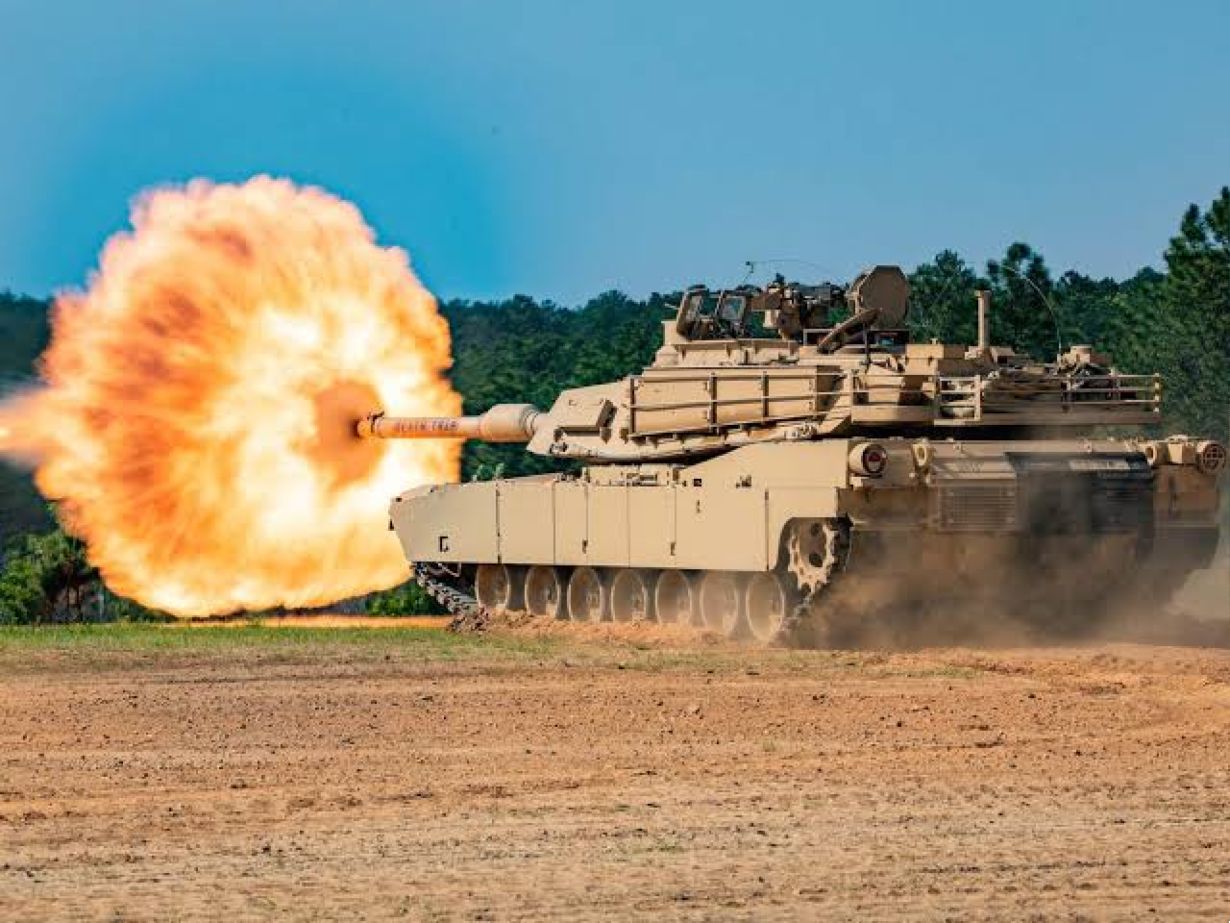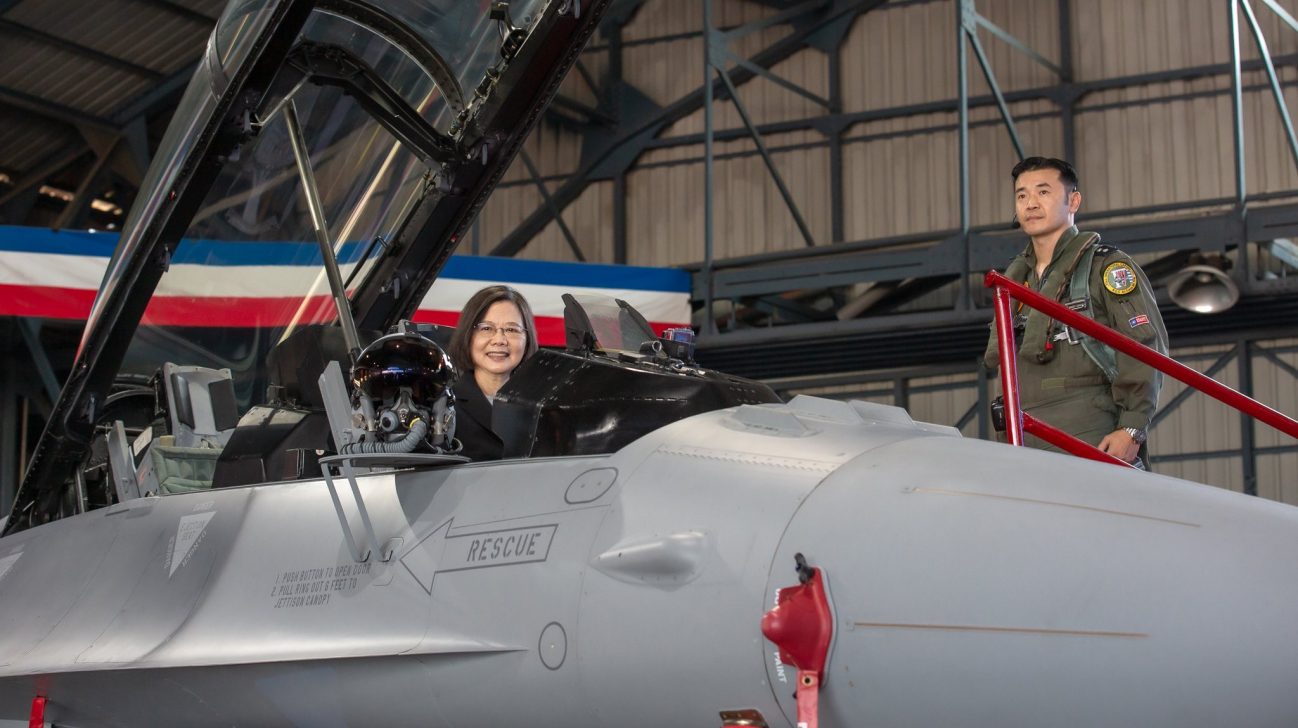Taiwan’s ability to withstand a cross-strait offensive may be under duress due to an increasing backlog of US weapons, including advanced game-changing platforms like Abrams Main Battle Tanks (MBTs) and F-16 Viper fighter jets.
Taipei News, citing an informed source, reported that the delivery of the first 38 M1A2T Abrams tanks, initially slated for the middle of this year, has likely been delayed until the fourth quarter.
The report stated that based on the computation of the baseline M1A2 model’s monthly production rate, which was approximately four, the Taiwanese military should have received about thirty M1A2Ts for training and trial purposes by now. However, there have been unexplained and unwarranted delays in the face of rising threats from China.
The source further told the publication that the US military plans to invite Taiwan for joint exercises in the year’s second half. It is anticipated that roughly eighteen M1A2Ts will be used during these drills.
Moreover, there is conjecture that there will be additional delays in the delivery of the initial batch of tanks until the manufacturers raise their production levels. EurAsian Times could not independently corroborate the claims.
Taiwan has been awaiting the delivery of 108 Abrams based on the perception that the tanks will be crucial in thwarting a Chinese invasion due to their ability to fire from mountaintops. The delivery was initially supposed to take place in 2022, but it was later pushed to 2024, a promise that once again appears flimsy.
According to the Taiwanese Army, the M1A2T tanks will increase firepower, enhance joint combat efficiency, enhance overall combat preparedness, and allow for more movement and agility on the battlefield. This is why another delay in their deliveries, if true, may be very unsettling for Taipei.

While any cross-strait conflict between the two states is expected to take place on the sea and in the air, Taiwan would need significant ground-based firepower to expel Chinese tanks that might roll inside the island state as part of an invasion.
When probed by the publication on the delays and the military drills with the US, the Army Command Headquarters declined to comment, stating that all Republic of China Army military exercises with other countries are pre-planned. As per the Army, the delivery process is proceeding as planned, and building a shooting range at Kengzikou (坑子口) in Hsinchu County is being rearranged accordingly.
While the Taiwanese Army has refused to accept delays, there is abundant evidence that the delivery of another crucial platform, the F-16 Viper, has also been severely delayed.
Taiwan has realized how important it is to have highly maneuverable aircraft that can detect, track, and attack targets at great range to repel a Chinese military invasion. In 2019, the US authorized Taiwan to purchase F-16 fighter fighters from Lockheed Martin Corp. for US$8 billion. This deal would bring the island’s F-16 fleet to more than 200 jets, the largest in Asia.
Unfortunately, there have been delays in the delivery of these planes, which have a direct influence on the self-governing island’s ability to defend itself against a more formidable foe with cutting-edge fighter jets. Taiwan’s Defense Minister Chiu Kuo-cheng said in 2023 that supply chain interruptions have caused a delay in the delivery of 66 advanced F-16Vs.
US Congressmen have also voiced concerns over Taiwan’s fleet refurbishment effort and demanded that Taiwan receive new Lockheed Martin F-16 Block 70/72 aircraft as soon as possible.
While both the US and Taiwanese governments have assured that work was underway to expedite the deliveries, the delay becomes a sticking issue given that a high-ranking US official tasked with overseeing US operations in the Indo-Pacific has predicted that a Chinese invasion is imminent by 2027.

Chinese Invasion Imminent By 2027?
The top US military commander in the Indo-Pacific region warned last month that Beijing is aiming to invade Taiwan by 2027.
Adm. John Aquilino, chief of Indo-Pacific Command, told the US House Armed Services Committee that China is strengthening the People’s Liberation Army (PLA) “on a scale not seen” since World War II, despite the nation’s efforts to revive a flagging economy.
“All indications point to the PLA meeting President Xi Jinping’s directive to be ready to invade Taiwan by 2027,” Aquilino said. “The PLA’s actions indicate their ability to meet Xi’s preferred timeline to unify Taiwan with mainland China by force if directed.”
Although the Pentagon does not officially position this, several officials and military experts in Taiwan and the US have made similar predictions. For instance, Taiwan’s Foreign Minister Joseph Wu said last year that he is preparing for the possibility of a conflict with China in 2027.
“We are taking the Chinese military threat very seriously … I think 2027 is the year that we need to be serious about.” Additionally, previous US intelligence assessments had also warned that China’s leader, Xi Jinping, has given military orders to prepare for the annexation of Taiwan by 2027.
With the sword of an invasion hanging, Taiwan has been attempting to bolster its combat prowess. A major component of this strategy is acquiring equipment that could help thwart an invasion attempt. However, the delays have meant that the self-ruled island state may not be as prepared to take on China.
Some unverified reports had previously indicated that some arms deliveries to Taiwan may be delayed until at least 2027, while others have no set delivery dates.
China has also mocked the delays, with experts stating that the frequent delays in US weapon delivery are mere lip service and have embarrassed the island’s authorities.
- Contact the author at sakshi.tiwari9555 (at) gmail.com
- Follow EurAsian Times on Google News




